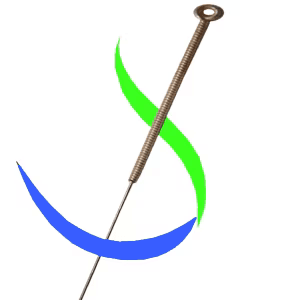Acupuncture
History of Acupuncture and Its Modern Relevance
Acupuncture, often associated with modern wellness trends and holistic health, is a practice with a history that spans thousands of years. Its roots lie deep within ancient Chinese medicine, where it was regarded not only as a healing technique but also as a philosophical system emphasizing balance and harmony within the body. Understanding the evolution of acupuncture provides insight into its enduring relevance in today’s healthcare landscape, blending age-old wisdom with contemporary science.The History and Evolution of Acupuncture in Traditional Chinese MedicineAcupuncture’s origins trace back over 2,500 years in ancient China, making it one of the oldest healing practices still in use today. The earliest written records are found in the Huangdi Neijing (The Yellow Emperor’s Inner Classic), a foundational text of Traditional Chinese Medicine (TCM), composed around 200 BCE. This text describes the body as a network of meridians—channels that facilitate the flow of Qi, or vital energy. It explains how disruptions or blockages in this energy flow can lead to illness, highlighting the importance of restoring balance for overall health. The practice of stimulating specific points along these meridians with needles was developed as an effective way to unblock and promote healing.Throughout centuries, acupuncture remained a central component of Chinese medicine, evolving alongside other holistic practices such as herbal medicine and qi gong. It was viewed as a comprehensive system that not only addressed physical ailments but also supported mental and spiritual well-being. As the practice spread within China, different schools and techniques emerged, each refining the understanding of meridians and acupuncture points. Despite its deep cultural roots, acupuncture’s principles remained remarkably consistent, emphasizing the interconnectedness of body, mind, and environment.The dissemination of acupuncture beyond China began as early as the 17th century, thanks to Jesuit missionaries who introduced the practice to Europe. However, it was not until the 20th century—particularly after President Nixon’s historic visit to China in the 1970s—that acupuncture gained widespread recognition in the West. Today, organizations like the World Health Organization recognize its efficacy for various conditions, from chronic pain to anxiety. Its evolution from an ancient art to modern medicine marks its significance as a holistic approach that continues to resonate in contemporary health and wellness practices.#Acu #Acupuncture #AcupunctureAtAcubiosis #AcupunctureClinicInPune #AcupuncturePune #AcupunctureNearMe #AcupunctureInKothrud




Schedule your appointment now!